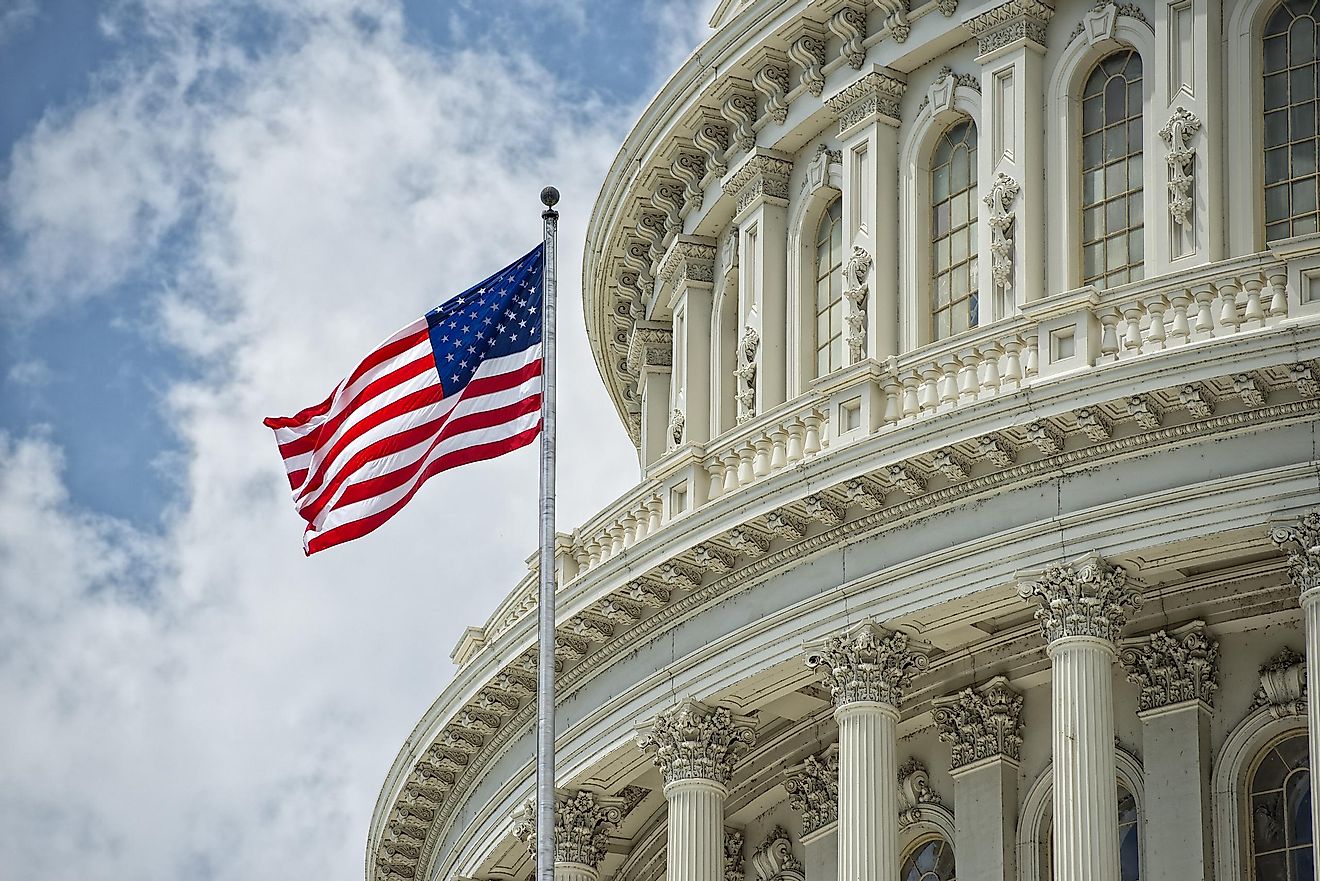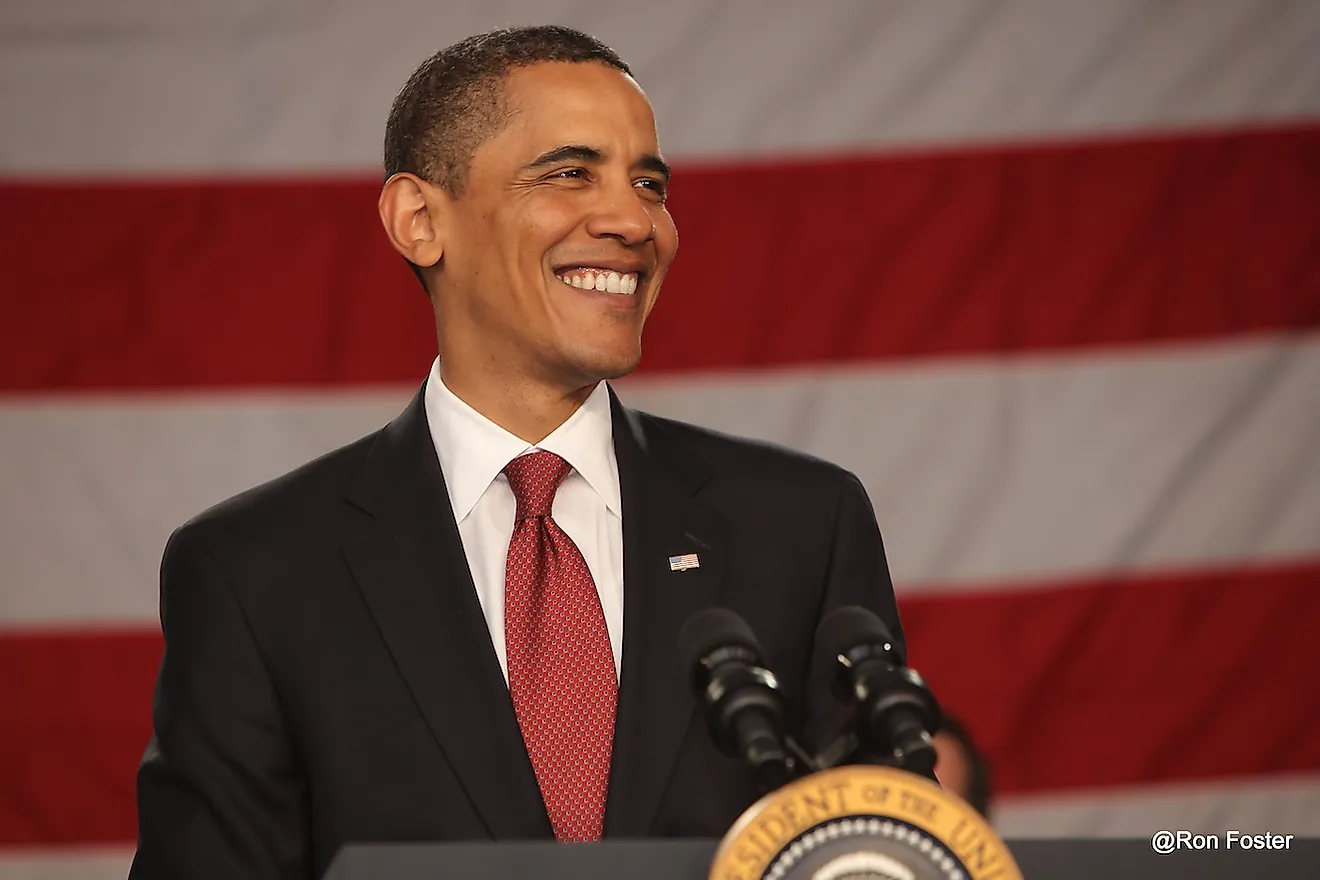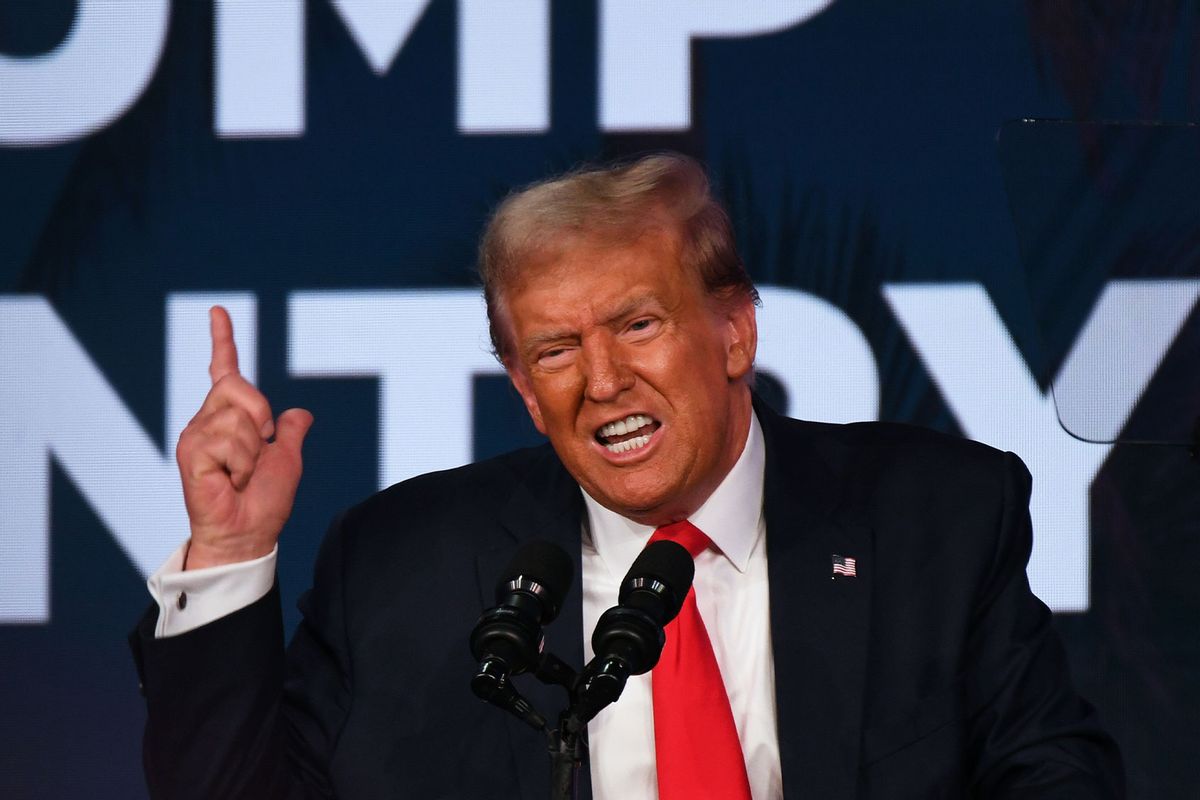Many people wonder about the ultimate victory in American presidential elections: a clean sweep of all fifty states. It’s a compelling idea, isn't it? The thought of a candidate capturing every single state, painting the entire electoral map one solid color, is something that sparks curiosity. People often ask, you know, "Has any US president won all 50 states?" It feels like a truly monumental achievement, if it were even possible.
This question, "Has any US president won all 50 states?", really gets to the heart of how presidential elections work in America. It’s not just about getting the most votes overall; the Electoral College system plays a very big part. This system means candidates need to win individual states to gather electoral votes, rather than just focusing on the national popular vote. So, a candidate might win the popular vote by a large margin but still not come close to winning every single state.
Understanding this electoral landscape helps clarify why a complete sweep is so challenging, actually. The United States is incredibly diverse, with different political leanings across its regions and communities. It’s a very big country, with so many different perspectives. Because of this, getting every voter in every single state to agree on one candidate is, well, nearly impossible.
A note regarding the provided reference text: The text you gave me, which discusses grammar rules like the use of 'has' versus 'have' in sentences, is about language mechanics. It does not contain information related to US presidential elections or whether a president has won all 50 states. My response will draw on general knowledge about US electoral history to answer your question.
Table of Contents
- The Electoral College: How It Works and Why It Matters
- The Closest Anyone Came: Ronald Reagan's 1984 Landslide
- Why a 50-State Sweep Is So Unlikely
- Historical Context and Past Elections
- Frequently Asked Questions
- The Dream of Unanimous Victory
The Electoral College: How It Works and Why It Matters
To understand why no US president has won all 50 states, it's pretty important to grasp the Electoral College system. In American presidential elections, voters don't directly choose the president. Instead, they cast ballots for a slate of electors who are pledged to a particular candidate. These electors then cast the actual votes for president. Each state gets a certain number of electoral votes, based on its population.
A candidate needs a majority of these electoral votes—currently 270 out of 538—to win the presidency. It's not about winning every single popular vote in every single county, or even every state. This system means that a candidate can win the election without winning the popular vote nationwide, which has happened a few times throughout history. It also means that even if a candidate wins by a very large margin, some states will almost always vote for the other side, or at least a significant portion of their population will. So, a full sweep becomes incredibly difficult, virtually impossible, in fact.
The Closest Anyone Came: Ronald Reagan's 1984 Landslide
When people ask, "Has any US president won all 50 states?", the closest example that usually comes to mind is Ronald Reagan's victory in 1984. He won a truly overwhelming number of electoral votes against Walter Mondale. Reagan secured 525 electoral votes, which was, you know, a massive win. He won 49 out of the 50 states.
The one state he did not win was Minnesota, Mondale's home state. Mondale managed to win Minnesota and the District of Columbia. This near-total victory highlights just how challenging it is to achieve a complete sweep. Even with immense popularity and a strong campaign, there was still one state that remained loyal to the opposing candidate. It just goes to show how difficult it is to get every single state to align, doesn't it?
Why a 50-State Sweep Is So Unlikely
The idea of a president winning all 50 states is, well, pretty much a fantasy in the current political climate. There are several very good reasons why this has never happened and why it's not likely to happen any time soon. The political landscape of the United States is just too varied and too set in its ways for such a thing.
Deep-Seated Political Divisions
The United States has a very strong two-party system, dominated by the Democratic and Republican parties. These parties have deeply entrenched bases of support in different regions and among different demographic groups. States are often characterized as "red" (Republican-leaning) or "blue" (Democrat-leaning), and these affiliations are quite stable, actually. It's hard to imagine, for instance, a Republican winning California or a Democrat winning Wyoming, you know, without a truly massive shift in voter behavior.
Voters in these firmly aligned states are, more or less, very unlikely to switch their allegiance en masse. Even in a landslide election, there's always a significant portion of the population that remains loyal to their preferred party, regardless of the national mood. This makes it almost impossible for one candidate to capture every single vote, or even a majority, in every single state.
Focus on Swing States
Presidential campaigns, quite naturally, focus their resources and attention on a handful of "swing states" or "battleground states." These are the states where the outcome is uncertain and could go either way. Candidates pour money, time, and effort into winning these states because they are the ones that typically decide the election. States that are reliably "red" or "blue" receive much less attention, as their outcomes are generally predictable.
This strategic focus means that candidates don't even try to win every state. They just need to accumulate enough electoral votes to reach the 270 mark. So, they won't typically campaign heavily in states where they have little chance of winning, or where they are already guaranteed to win. This approach, in a way, reinforces the existing political divides and makes a 50-state sweep an impractical goal.
The Role of Third Parties
Even if the two major parties were to face a uniquely popular candidate, the presence of third parties and independent candidates also makes a full sweep harder. While third parties rarely win electoral votes, they can still siphon off a small percentage of the popular vote in various states. This means that even if a major candidate wins a state, they rarely win 100% of the popular vote within that state.
These small pockets of support for other candidates, or even just voters who choose "none of the above," prevent any candidate from truly achieving a unanimous victory in every state. It's just a little bit of a complication that adds to the challenge, isn't it?
Diverse Voter Bases
The United States is a vast country with a very diverse population. Different states have different economic interests, cultural values, and demographic makeups. What appeals to voters in, say, rural Kansas might not resonate with voters in urban New York or coastal California. Candidates try to appeal broadly, but they can't be everything to everyone.
This inherent diversity of views and priorities means that no single candidate is likely to capture the hearts and minds of every voter in every single state. There are just too many different viewpoints to reconcile, so, it's a very big challenge.
Historical Context and Past Elections
Looking back at American history, presidential elections have always been a contest, often a very close one. Even in periods of great national unity or during times when one party dominated, a full 50-state victory has simply not occurred. The closest instances, like Franklin D. Roosevelt's victories or Richard Nixon's 1972 win, still saw at least one state or the District of Columbia go to the opposition.
For example, FDR's 1936 win against Alf Landon was a huge landslide, but Landon still carried Maine and Vermont. This pattern, where even the most popular candidates face some opposition in at least a few places, is a consistent feature of American electoral history. It's just how the system, you know, tends to work. For more details on historical election results, you could check out resources like the National Archives' historical Electoral College data.
Frequently Asked Questions
Is it possible for a presidential candidate to win 100% of the popular vote in a state?
Technically, it's possible for a candidate to win 100% of the popular vote in a state if literally every single voter in that state voted for them, and no one voted for any other candidate or left their ballot blank. However, in practice, this has never happened in a presidential election. There are always some votes for other candidates, or even write-ins, which prevent a perfect 100% score. It's just not how elections typically play out, you know.
What is the largest electoral college landslide in US history?
The largest electoral college landslide in terms of states won was Ronald Reagan's victory in 1984, as we discussed earlier, where he won 49 states. In terms of total electoral votes, George Washington, who ran unopposed in the first few elections, received 100% of the electoral votes. However, this was before the modern party system and the expansion to 50 states. For competitive elections, Reagan's 1984 win is generally seen as the biggest landslide, a very significant achievement indeed.
Why is the District of Columbia often mentioned separately from the 50 states in election results?
The District of Columbia (D.C.) is not a state, but it is granted electoral votes in presidential elections by the 23rd Amendment to the Constitution. It has three electoral votes, the same number as the least populous state. Because it's not a state, it's often listed separately in election results, and it tends to vote overwhelmingly Democratic. So, when people talk about winning all "50 states," D.C. is usually considered a separate entity in that count.
The Dream of Unanimous Victory
The question, "Has any US president won all 50 states?", truly highlights a fascinating aspect of American democracy. The idea of a completely unified electorate, where one candidate captures every single state, is a powerful image. However, as we've seen, the realities of the Electoral College, deep-seated political divisions, and the sheer diversity of the American people make such a feat, well, pretty much unattainable. It's a very big challenge, to say the least.
While a 50-state sweep remains a dream, the ongoing debates and contests within the American political system are what keep it vibrant and responsive, in a way. Every election cycle brings new discussions and new strategies, shaping the future of the nation. To learn more about presidential elections on our site, and to explore the complexities of electoral history, you can find more information.



